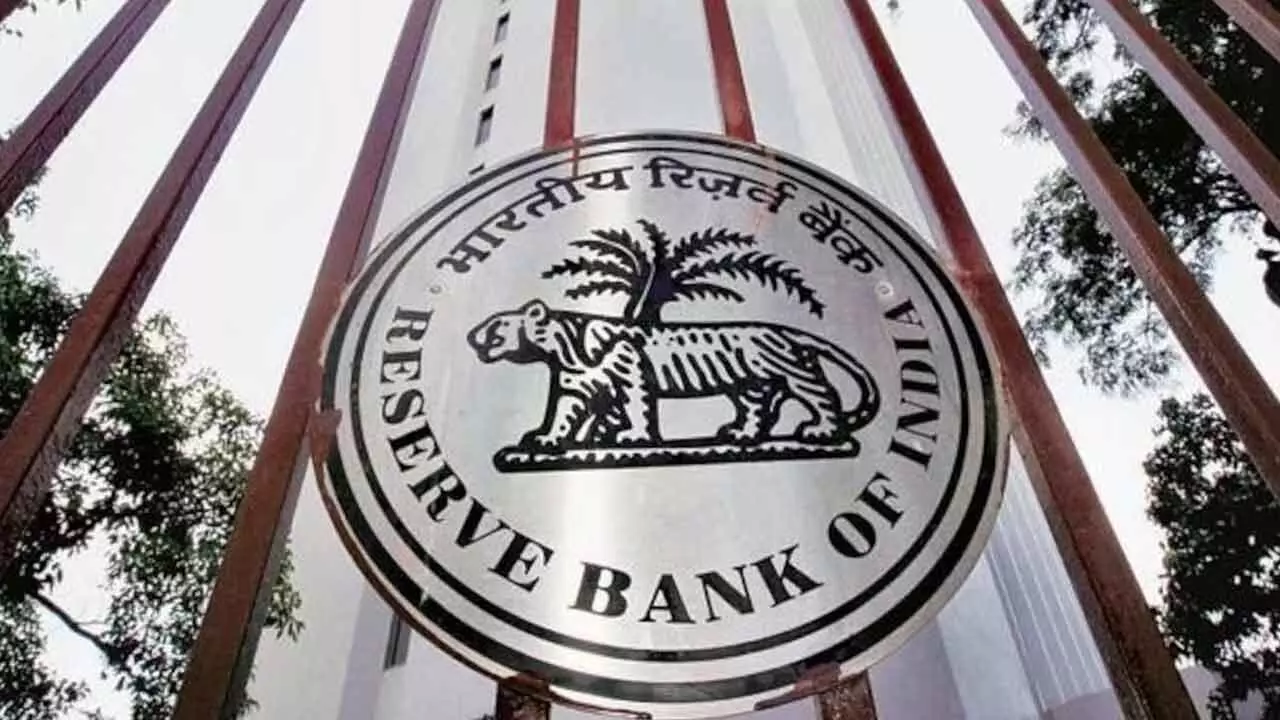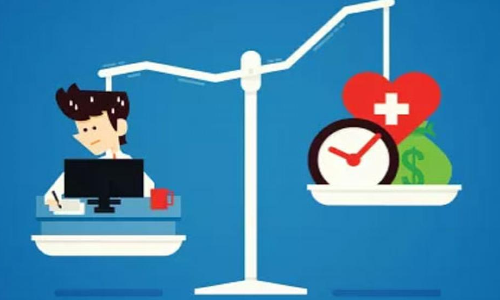RBI sets the tone for India’s economic ebullience

At last. After dodging interest rate cuts for five years, the Reserve Bank of India acted in deference to its new policy shift adopted in October 2024. It has since been maintaining a neutral stance, infusing flexibility in its approach to policy rates in keeping with the economic environment. Accordingly, the new Governor Sanjay Malhotra, after chairing his first policy rate-setting panel meeting on Friday, announced a 25 basis point reduction in the repo rate, lowering it to 6.25%. This is a significant measure, considering the unrelenting focus of the central bank on economic stability with an eye on inflation at its past eleven quarterly Monetary Policy Committee (MPC) meetings.
With cheaper home loans, expect demand for housing and more investments in real estate. The rate cut largely owes to the Union Budget for FY26, which eased the income tax burden on the common man to give a big boost to consumption i.e., spending to prop up the economy. FM Nirmala Sitharaman proposed the cut, even while pegging the capital expenditure target for the next fiscal at almost the same level as budgeted for the last financial year. This budgetary resolve of the government, amid softening signs of inflation, particularly food prices, paved the way for the RBI to act as per its changed stance.
The new RBI Governor, while facing widespread calls for a rate cut, also had to contend with changing dynamics in the domestic and external environment. The RBI’s much-sought-after repo cut addresses the domestic liquidity conditions, by seeking to infuse ₹1.5 lakh crore into the banking system by March 2025 through OMOs (open market operations), repo auctions, and a dollar-rupee swap. The strengthening of the dollar (INR soars to 87 against USD), the huge outgo of capital flows - following a change in the US government as well as a shift in its Fed stance - and the slowing of the Indian economy amid expectations of 6.4 per cent GDP growth as against 8.2 per cent in FY24 impacted the RBI decision. The ongoing moderation of inflation, possibly, to settle at 4.5 per cent for the fiscal also surely played its part. The RBI also sent a message to the market. By addressing the liquidity deficit in the banking system through means other than CRR, it conveyed that it may resort to
CRR based on macroeconomic conditions rather than short-term liquidity needs. It is reassuring that the RBI would act “proactively” to ensure orderly liquidity for the financial system. Recall that there have been reports of the banking system facing a major liquidity deficit, perhaps the worst in over a decade at ₹3.3 lakh crore, in the wake of huge GST payments, RBI forex interventions, high credit demand, leading to a cash shortfall in the system - and raising concerns about borrowing costs and overall financial stability.
Sharing the RBI views on the economy and global environment, Governor Malhotra gave positive news that despite the global economy trending below the historical average, high-frequency indicators point to resilience in the global economy. Even as it is swayed by the global headwinds, the Indian economy remains strong and resilient, he affirmed. The RBI estimates real GDP growth in the upcoming financial year to be 6.7% in Q1, 7% in Q2, 6.5% in Q3, and 6.5% in Q4.
In the end, it can be said that RBI joined forces with the government to stimulate economic activity, by providing some comfort on liquidity and inflation fronts. For its part, the government, too, needs to be fiscally prudent in its borrowings so as not to crowd out the banks.
















